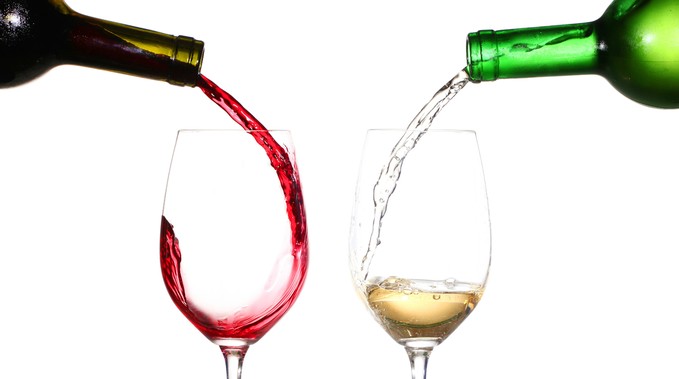Wine has been humanity’s faithful go-to drink for a long time now (we’re talking thousands of years). So while glugging a bottle into a glass may be the easiest serving method, perhaps this loyal companion deserves a bit more respect.
From optimal temperatures to drip-free pours, here are the tricks of the vino serving trade.
1. Temperature
Whites in the fridge, reds in the room; we’ve all made use of this ‘wine temp’ rule of thumb. However it appears as though there’s a bit more to it.
Often, white wine chills out in the depths of the fridge for too long, leaving its flavours muted and difficult to taste (sweet whites and sparking are an exception to this). The ‘room temperature’ red approach can also be tricky as temperature changes from room to room.
Although every person’s ‘just right’ temperature varies, aim to serve white wine between 6-12°C and reds slightly cooled between 12-18°C.
2. Measurements
Most wine drinkers know that you’re not meant to fill the glass to the brim, but where’s the right place to stop?
Red: Red wine glasses are typically larger than white. Fill these glasses one-third full. This leaves enough room to swirl the wine for aeration – a great way to enhance the flavours and aromas.
White: Fill white wine glasses half full.
Sparkling: Fill sparkling wines and champagne about three-quarters full.

3. The decanting difference
Decanting is one of those wine serving elements that seems to throw people off. Why transfer a wine to another vessel when you could just pour it into a glass and enjoy? Is decanting a silly, unnecessary step or the ticket to better tasting wine?
When you’re dealing with cheap wines or expensive, aged wines, it’s the latter. Decanting cheaper wines help get rid of the blatant sulphur dioxide smell (similar to rotten eggs) by giving them a hit of oxygen and letting them ‘breathe’.
Older and often pricier wines need to be decanted to separate the wine from any sediment that may have formed. This sediment can make wine cloudy with a gritty texture and unpleasant flavour. Stand these bottles upright for at least 24 hours to allow the sediment to gather at the bottom.
Aim to decant wine between five minutes to two hours.
4. Drip-free pours
How often have you watched a single stream of wine trickle down the side of the glass after you pour? Luckily, all it takes is a slight flick of the wrist to stop the drip and help you pour with finesse.
Twist as you finish pouring to reduce spillage. Sommeliers often have a napkin on hand to quickly wipe up any wine left on the bottle lip.
5. Leftovers
Sometimes one glass at the end of a hectic day is all you need. However once opened, wines start to mingle with oxygen. As we’ve pointed out, this can be great, but if left for too long, oxygen can cause a wine to lose its flavour.
Simply putting the lid back on isn’t enough to stop the process. Neither are vacuum pumps, despite taking a fair bit of air out of the bottle.
Whether the leftover wine is red or white, it’s best to pop it in the fridge where it will be safe for one to three days, or up to five days for full-bodied reds.



